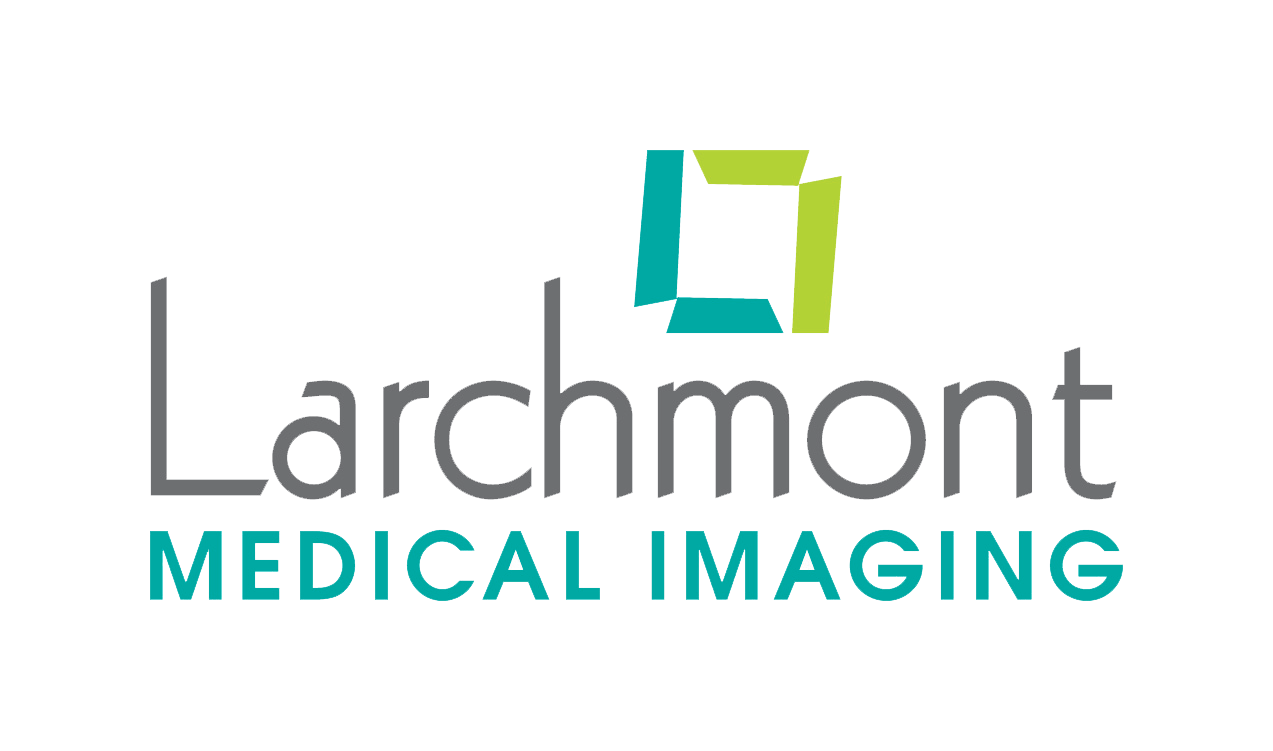What Does A 3D Mammogram Detect?

Breast cancer is a significant health concern affecting millions of women worldwide. Early detection plays a vital role in improving treatment outcomes and survival rates. Traditional 2D mammograms have long been the standard screening technique, but with advancements in medical imaging technology, 3D mammography, also known as digital breast tomosynthesis (DBT), has emerged as the new standard of care.
What Is A 3D Mammogram?
A 3D mammogram, or DBT, is a women’s imaging technique that provides a three-dimensional view of the breast. Unlike traditional 2D mammograms, which capture a single image of the breast, 3D mammography uses an X-ray machine to take multiple images from different angles. These images are then reconstructed into a series of thin slices, allowing radiologists to examine the breast tissue layer by layer.
The Benefits of a 3D Mammogram
Here are the important benefits of screening and diagnostic 3D mammograms.
- Improved Breast Cancer Detection: Numerous studies have demonstrated that 3D mammography improves breast cancer detection rates compared to 2D mammography. It reduces the chances of false negatives, meaning cancers that are missed, and false positives, which can lead to unnecessary additional tests and procedures.
- Increased Accuracy: The multi-layered images provided by 3D mammograms allow radiologists to analyze breast tissue with greater clarity. This enhanced accuracy can lead to earlier detection of cancers, potentially enabling less invasive treatments and better overall outcomes.
- Reduced Callback Rates: A significant advantage of 3D mammography is the reduction in callback rates. The improved image quality and reduced overlap of breast tissue in the reconstructed images can minimize the need for additional imaging studies or biopsies, resulting in decreased patient anxiety and healthcare costs.
When To Get A 3D Mammogram
The timing of 3D mammograms depends on various factors, including your age, risk factors, and personal medical history. Here are some general guidelines:
- Screening Mammograms: Multiple guidelines recommend women aged 40 and above should undergo annual screening mammograms. However, the decision to start screening and the frequency may vary based on individual risk profiles. Certain individuals with higher risk factors may be recommended to start annual screening mammograms prior to the age of 40.
- Diagnostic Mammograms: Diagnostic mammograms are performed when a specific breast concern requires further evaluation. This may include follow-up after an abnormal screening mammogram, evaluation of breast lumps or pain, or monitoring treatment response.
How Do I Prepare?
Preparing for a 3D mammogram is similar to preparing for a traditional 2D mammogram. Here are some important, general guidelines to follow:
- Arrive 15 minutes early for your appointment. This allows our patient service representatives to review and double-check your medical history before your study begins.
- On the day of your appointment, wear comfortable clothing and avoid wearing any accessories including necklaces, earrings, belts, etc. These accessories can interfere with the quality of the images being captured.
- If you had mammograms in the past at a different women’s imaging center, try to obtain these images and reports to share with us. This allows our board-certified, subspecialized radiologists to make a year-over-year comparison and detect any subtle irregularities.
- Prior to your appointment, share any information about your breast health and family history with our patient service representatives. This allows our breast imaging team to guide the examination and interpretation of the results in the most effective manner possible.
Is It Safe?
While 3D mammography involves a slightly higher radiation dose than traditional 2D mammography, it is still well within acceptable limits and is considered safe for annual breast cancer screenings. The benefits of early detection and improved accuracy outweigh the minimal risks associated with radiation exposure. You are exposed to more radiation naturally in the environment through cellphones, televisions, smoke detectors, and other items than during a 3D mammogram.
Moreover, the American College of Radiology (ACR) and the U.S. Food and Drug Administration (FDA) have extensively reviewed and approved the use of 3D mammography as a screening technique. The benefits it offers in terms of improved cancer detection justify its use, especially for women with dense breast tissue or those at higher risk of breast cancer.
Choose The Breast Health Experts At Larchmont Imaging
Recognized as one of the region’s only Breast Imaging Centers of Excellence (BICOE), Larchmont Medical Imaging provides diagnostic and advanced women’s imaging studies including annual screening mammograms in the South Jersey and Philadelphia areas. Our team of breast imaging experts provides comprehensive and compassionate care through every step of your journey to maintain your breast health. Across our four convenient locations, we offer annual screening mammograms that take less than 15 minutes. With same-day and next-appointments available, making your breast health a priority has never been easier.
To schedule your annual screening mammogram, fill out a request an appointment form or reach out to any of the following locations below:
- Medford Women’s Center – Medford, NJ
- Mount Laurel Women’s Center – Mount Laurel, NJ
- Moorestown Office – Moorestown, NJ
- Willingboro Office – Willingboro, NJ
Meet our board-certified, subspecialized radiologists who read and interpret our studies at Larchmont Medical Imaging here.
Frequently Asked Questions
A 3D mammogram, also known as digital breast tomosynthesis (DBT), is a women’s imaging technique that provides a three-dimensional view of the breast. Unlike traditional 2D mammograms, which capture a single image, 3D mammography uses an X-ray machine to take multiple images from different angles. These images are then reconstructed into a series of thin slices, allowing radiologists to examine the breast tissue layer by layer.
The benefits of a 3D mammogram include improved breast cancer detection rates compared to 2D mammography, increased accuracy in analyzing breast tissue, and reduced callback rates. 3D mammography reduces the chances of false negatives and false positives, leading to earlier detection, potentially less invasive treatments, and better overall outcomes.
The timing of 3D mammograms depends on factors such as age, risk factors, and personal medical history. For screening mammograms, multiple guidelines recommend women aged 40 and above undergo annual screenings. However, individual risk profiles may influence the decision to start screening and the frequency. Diagnostic mammograms are performed when a specific breast concern requires further evaluation.
Preparing for a 3D mammogram is similar to preparing for a traditional 2D mammogram. Arrive 15 minutes early for your appointment to review your medical history. Wear comfortable clothing and avoid accessories that can interfere with image quality. If you had mammograms elsewhere, try to obtain those images and reports for comparison. Share any relevant information about your breast health and family history with the staff to guide the examination effectively.
While 3D mammography involves a slightly higher radiation dose than traditional 2D mammography, it is considered safe for annual breast cancer screenings. The benefits of early detection and improved accuracy outweigh the minimal risks associated with radiation exposure. The American College of Radiology (ACR) and the U.S. Food and Drug Administration (FDA) have extensively reviewed and approved the use of 3D mammography as a screening technique.
Larchmont Medical Imaging, recognized as one of the region’s Breast Imaging Centers of Excellence (BICOE), offers diagnostic and advanced women’s imaging studies, including annual screening mammograms, in the South Jersey and Philadelphia areas. We have four convenient locations that provide same-day and next-day appointments Schedule your yearly screening mammogram by filling out a request for an appointment form or contacting any of the following locations:
